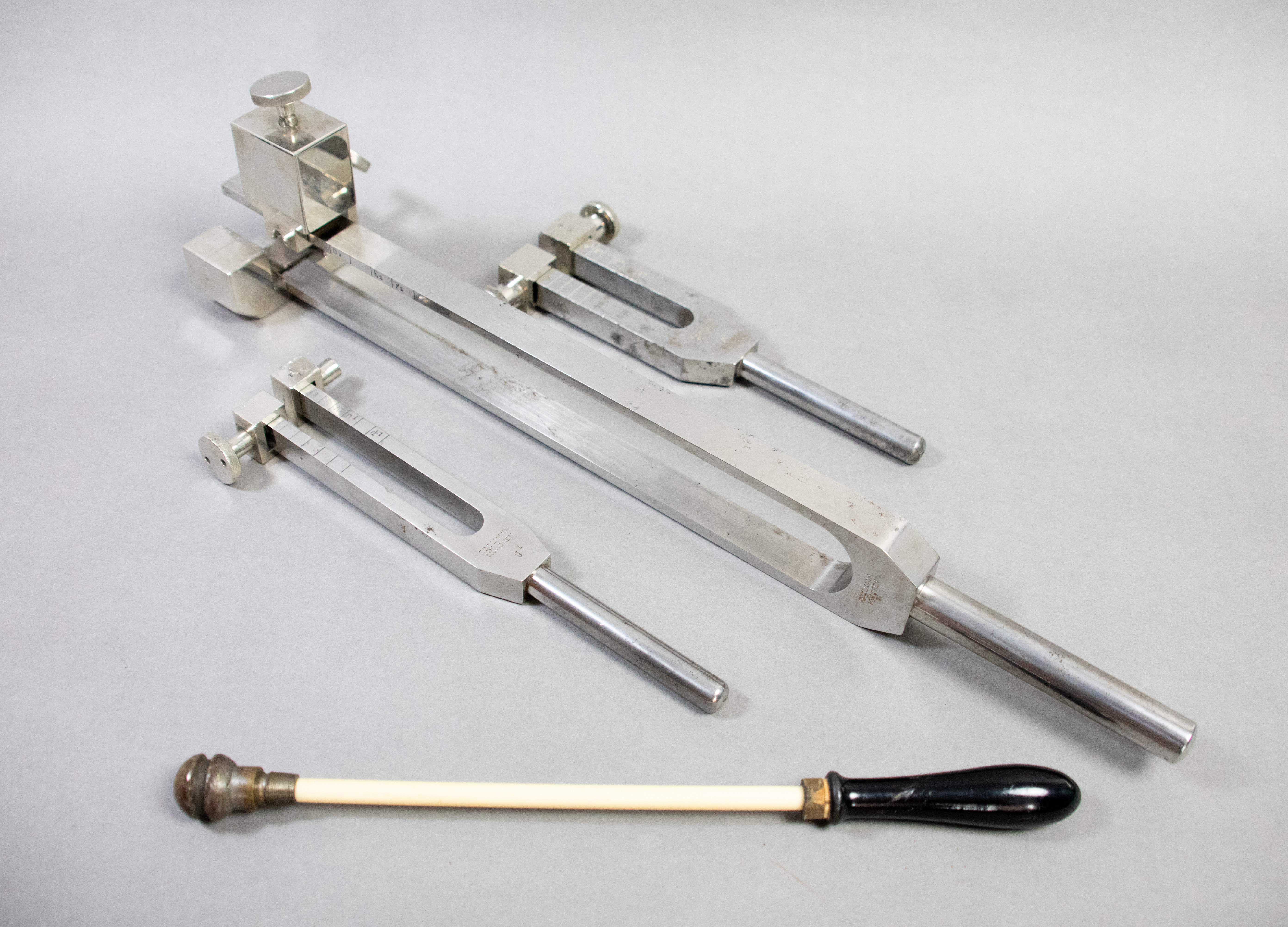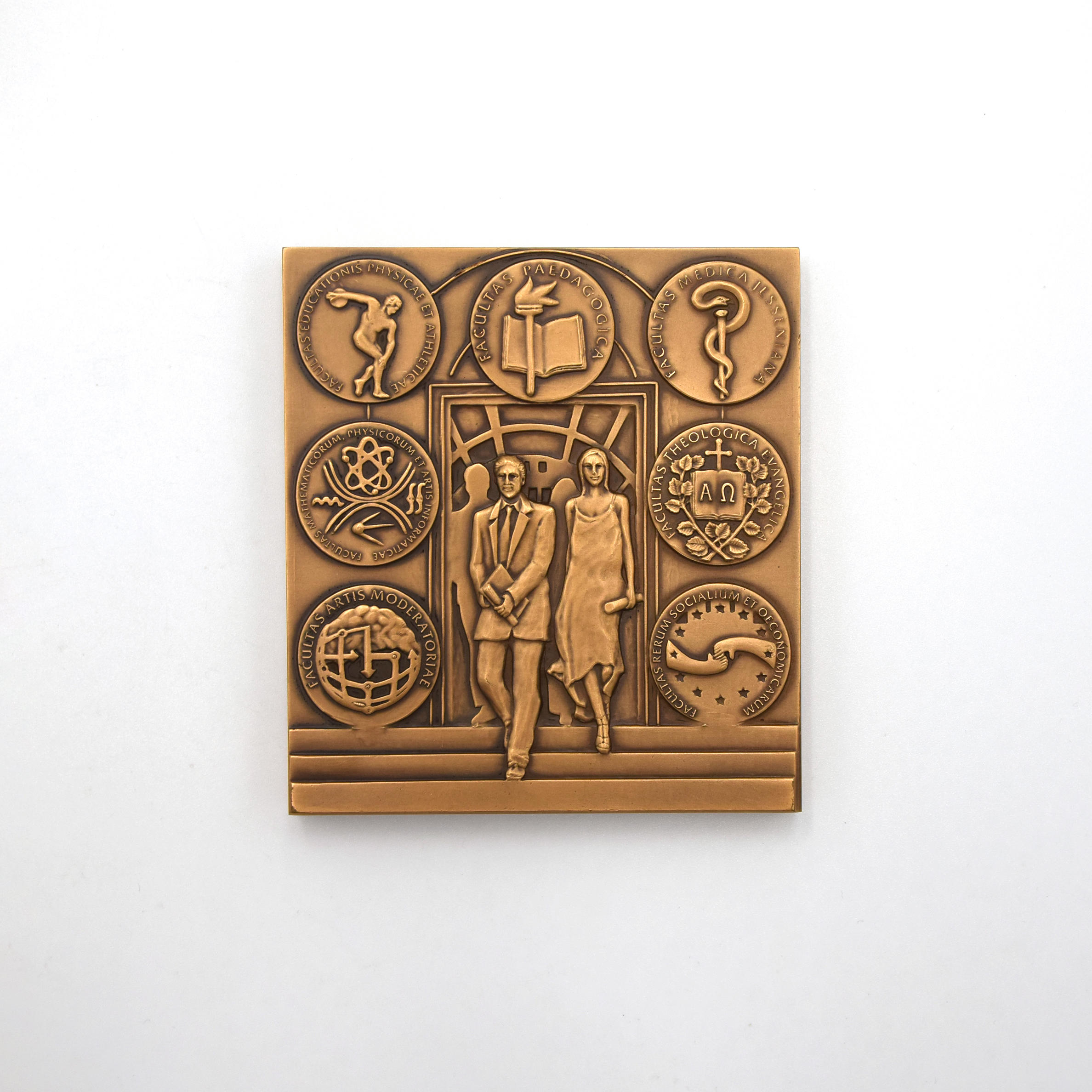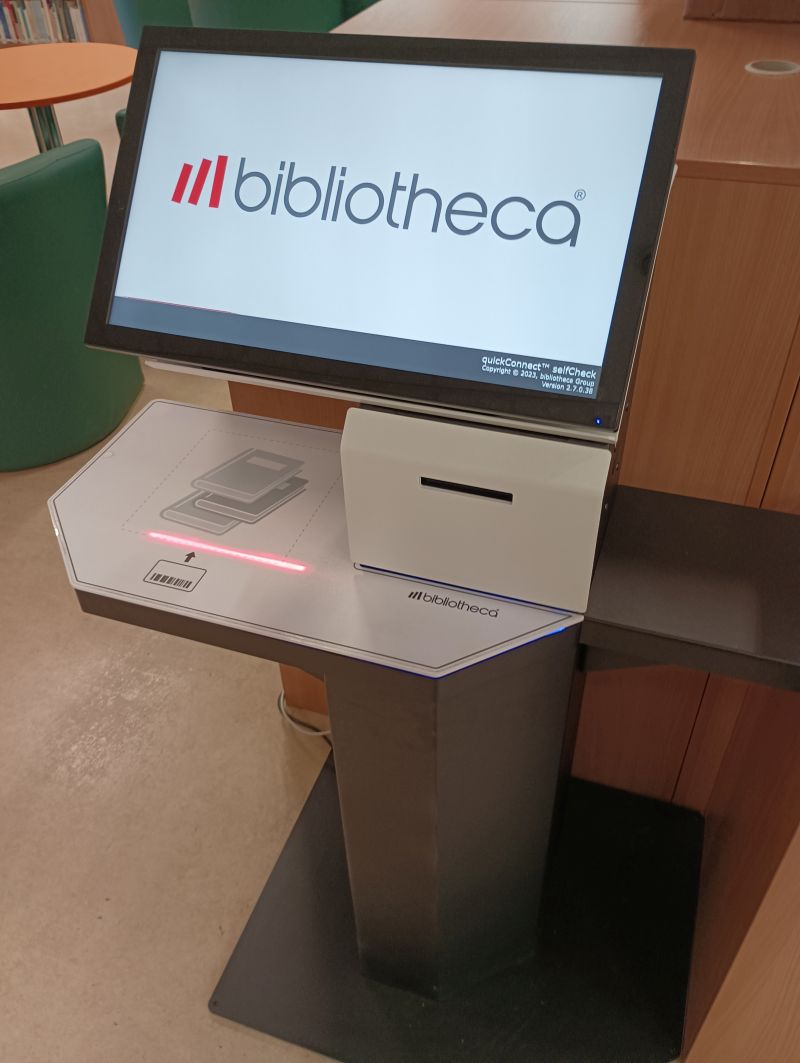Object of the month – turning fork of dr. Gusztáv Bárczi physician, special education teacher
Dr. Gusztáv Bárczi (Nyitraudvarnok, September 13, 1890 – Budapest, August 9, 1964) was a physician and special education teacher. In 1910 he took the teacher's exam in Léva, in 1913 in Budapest he took the teacher's exam for special education, then in 1921 he obtained a medical degree supplemented with a larynx specialist exam at Pázmány Péter University.
Bárczi initially worked in the Ear, Nose, and Throat Department at János Hospital, led by Dr. Béla Török. He achieved internationally recognized results in the education of Hungarian deaf-mutes*. His hearing testing methods extended to both the ear and the central nervous system's ability to perceive sound. He used whispered speech, conversational speech, and various tuning forks in his examinations. The tuning fork presented in the History of Special Needs Education Collection is one of the tools he used.
Regarding his research conducted with the tuning fork, he wrote: „I surveyed 170 students in our institute, of whom I took regular tuning fork images for 80. The tuning fork images show that the ear should not be banished from the Deaf-Mute Institute.”
Referring to Bezold, he states: „With the achievements of technology, the era will validate him and all those who seek to perfect the education of the deaf-mute through the ear rather than through muscle.”
*based on the language use of that time

Source: The official journal of the National Association of Teachers for the Deaf and Blind, XXX. volume, no. 10, 1928, pp. 172-173.
Written by: Tünde, Bodorné Németh; Éva, Keresztessy; Andrea, Perlusz; Krisztina, Bergmann
Photo by: Gyula, Szaffner





